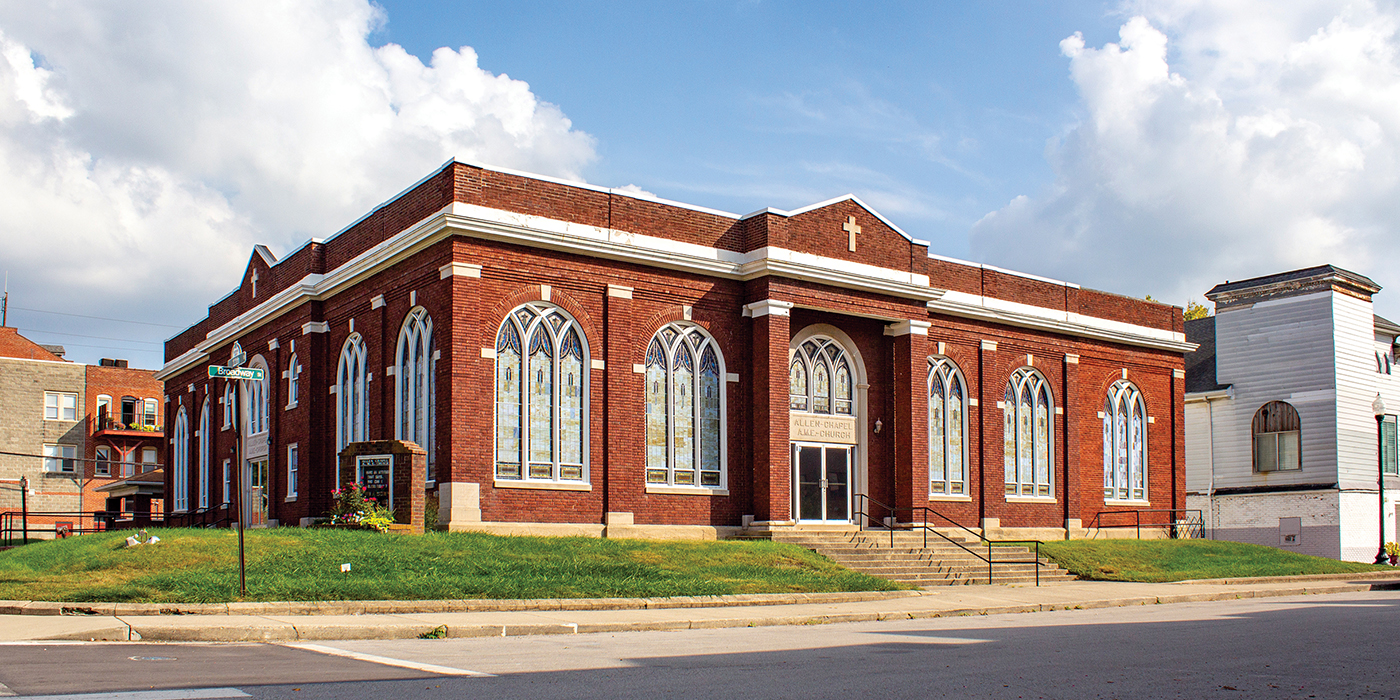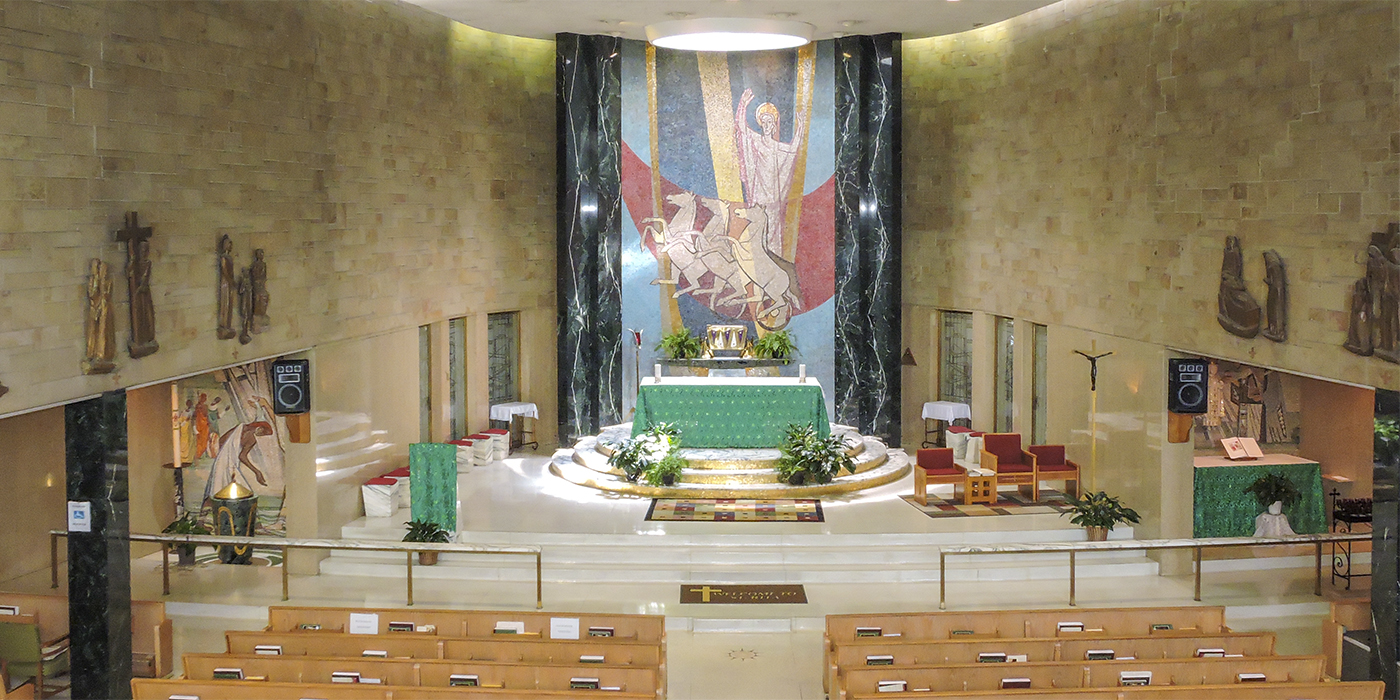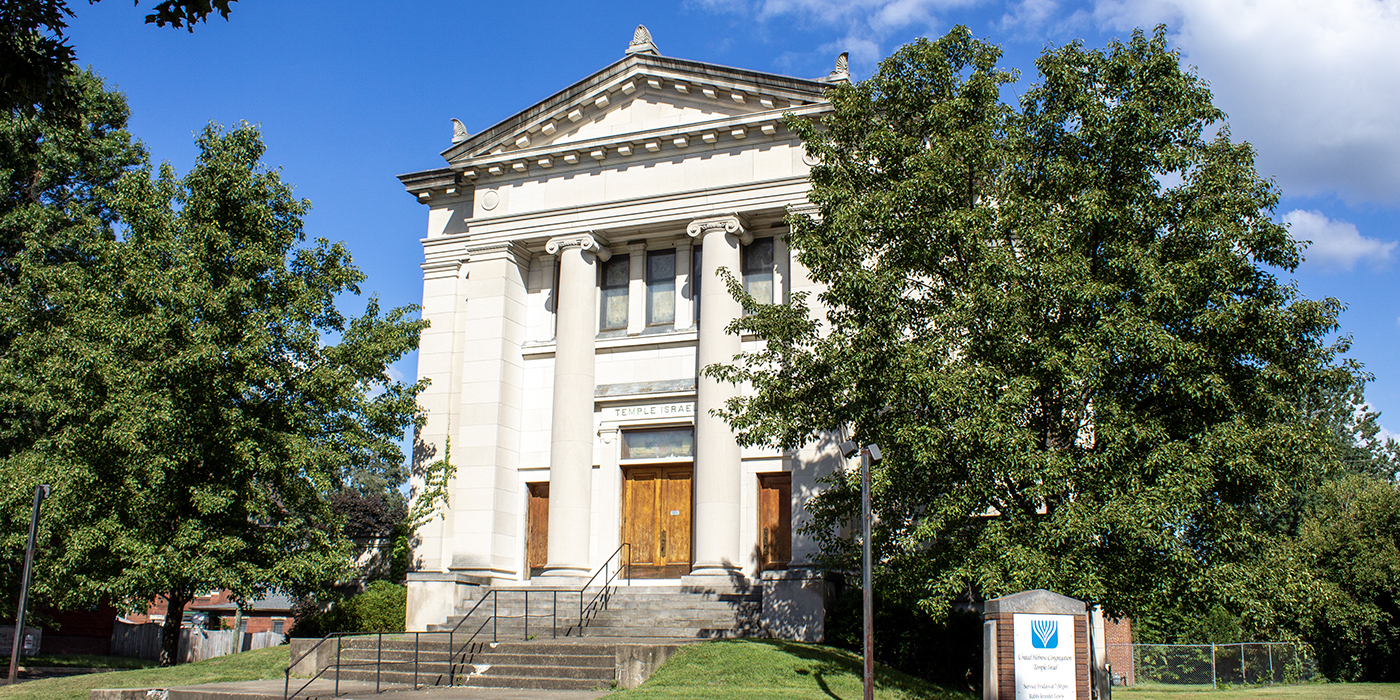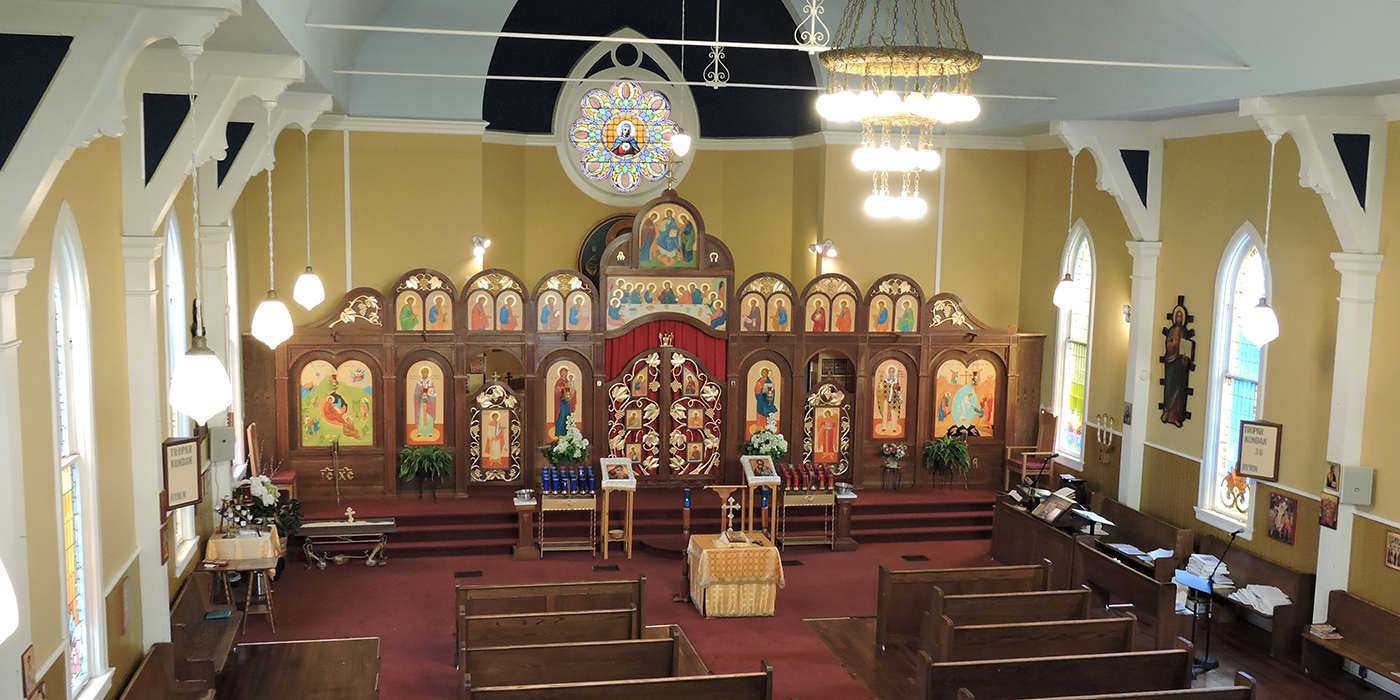Sacred Places Indiana
Helping Historic Houses of Worship
Sacred Places Indiana is a program of Indiana Landmarks supported by funding from Lilly Endowment offering $8,000,000 in grants to eligible congregations through 2025.
Saving Grace
Americans aren’t going to church like we used to, especially not to older churches in center cities—a societal change that presents a tough preservation challenge in addition to the religious one. Churches are among the most historic, architecturally distinguished, lavishly ornamented structures in a community, and when congregations shrink, maintenance suffers and landmarks become threatened.
To deal with a steadily increasing volume of calls for help from congregations in historic houses of worship with restoration needs, we created Sacred Places Indiana supported by funding from the Lilly Endowment. The program offers two grant paths designed to assist congregations that have identified significant repair needs at their historic houses of worship and are prepared to raise matching funds through a capital campaign.
Both paths offer the opportunity to apply for planning grants up to $25,000 and capital grants up to $500,000. Emergency grants are also available.
Congregations selected to participate will receive intensive training in landmark stewardship, community engagement, and fundraising. For these participants, Sacred Places Indiana serves as an advisor, cheerleader, and trouble-shooter, offering technical expertise, training, in addition to grants to help congregations maintain their historic buildings.
Two Paths for Assistance
1. New Dollars/New Partners Program
Smaller capacity congregations that may need to lay groundwork before undertaking a capital campaign are candidates for the New Dollars/New Partners Program. In this intensive training program, congregations learn how to engage their communities in fresh ways, find new uses for underutilized space and identify assets for fundraising and financial sustainability.
Applications for the New Dollars/New Partners program are now being accepted.
Apply Now
2. Sacred Places Indiana Fund
Historic churches that have identified significant capital needs, have the support of their judicatories, and are ready to undertake a capital campaign could be candidates for the Sacred Places Indiana Fund. The SPI Fund awards matching grants in a competitive process. Selected congregations are committed to good stewardship of their historic structures and have demonstrated signs of organizational health.
The application window for the Sacred Places Indiana Fund for 2025 is now closed. View previous application.
Which Path is Right for Your Congregation?
If you would like to discuss which Sacred Places Indiana program might fit your congregation best please fill out the Letter of Interest form. Once submitted, a Sacred Places staff member will be in touch for the next steps in the application process.
Learn more about eligibility and application processes.
For more information please contact the Sacred Places Indiana staff at sacredplaces@indianalandmarks.org or call 317-822-7952 to speak with Director David Frederick.
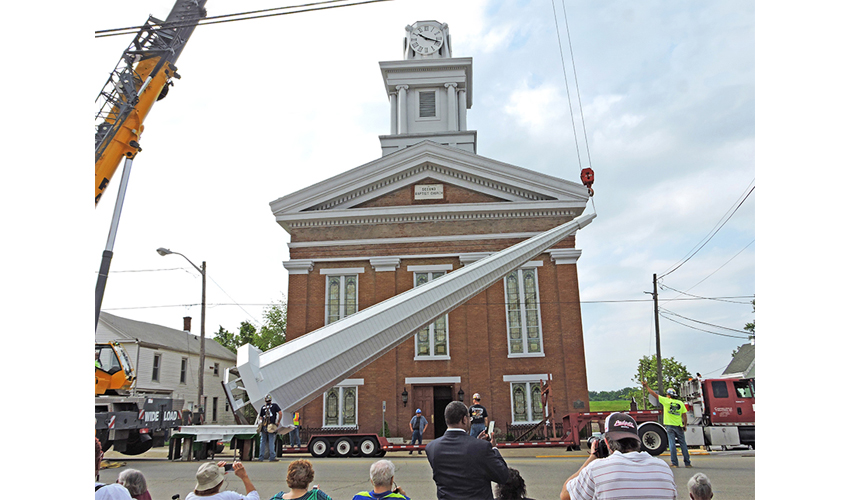
inspiring stories
Read about efforts to save, restore, and celebrate historic houses of worship and other sacred spaces around the state. Find out more.

